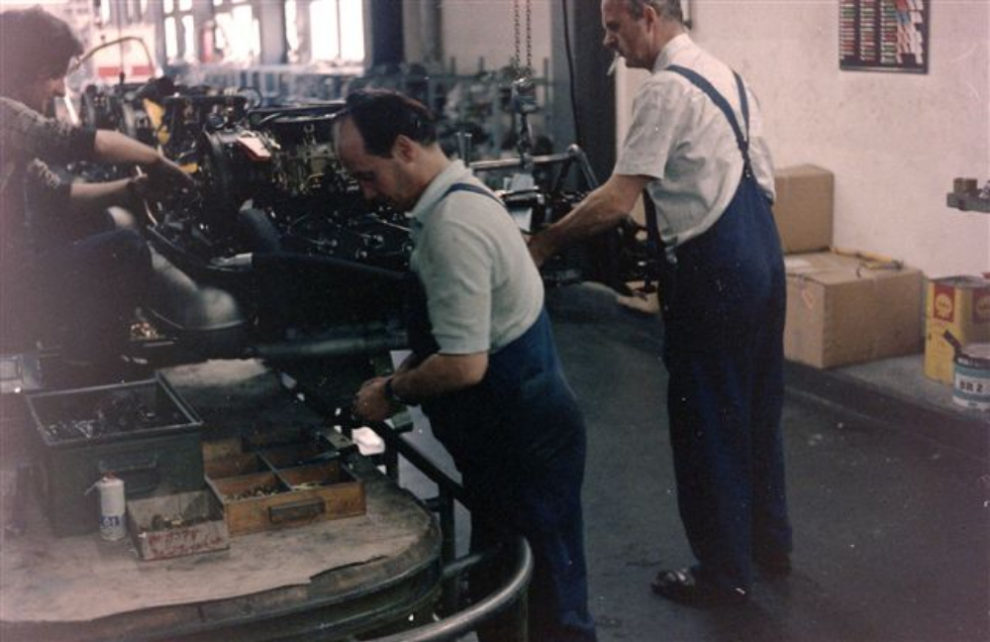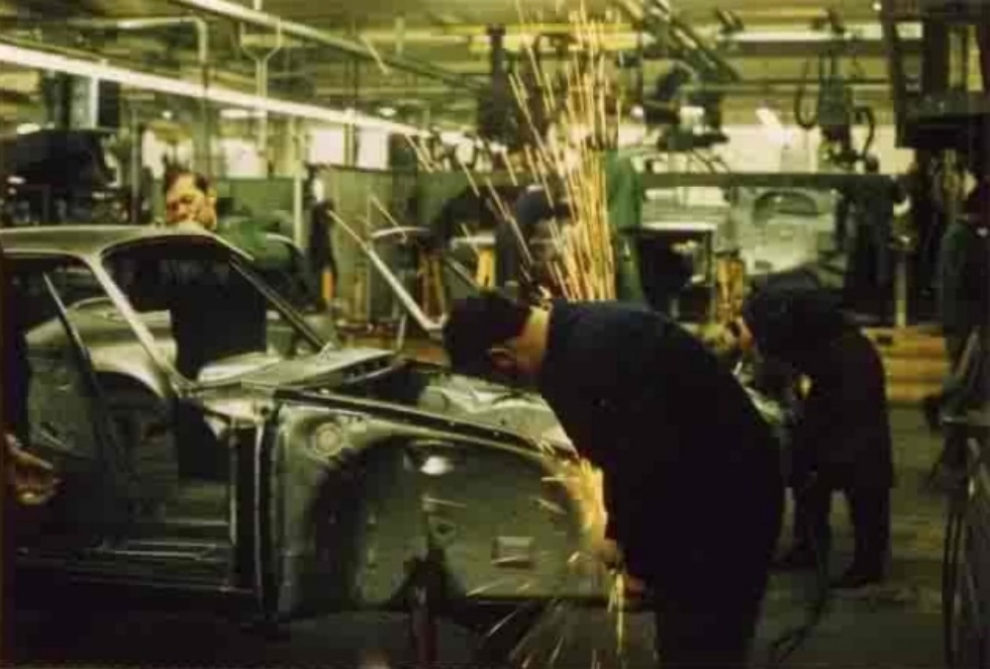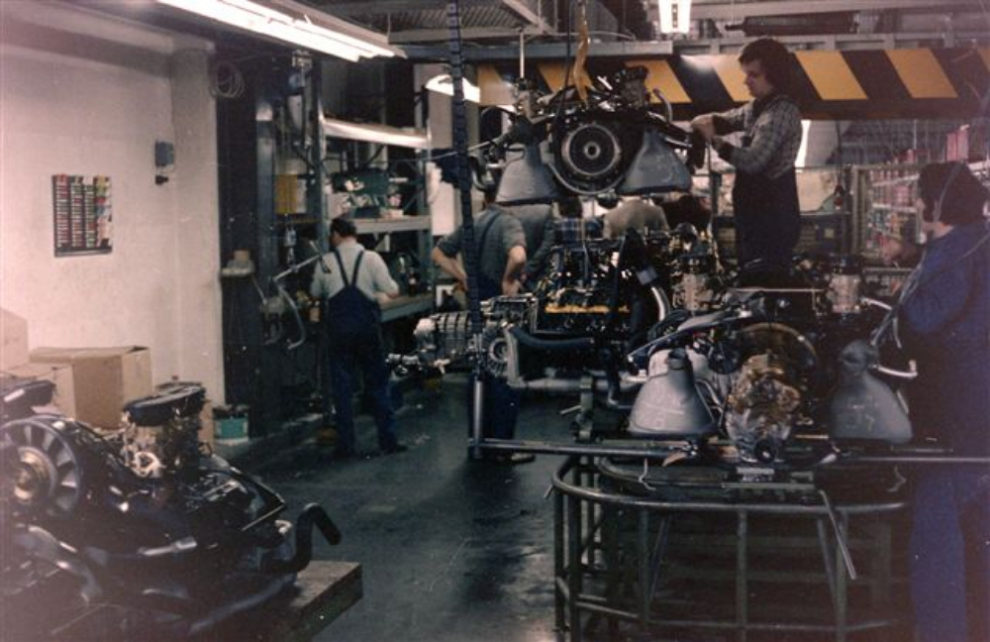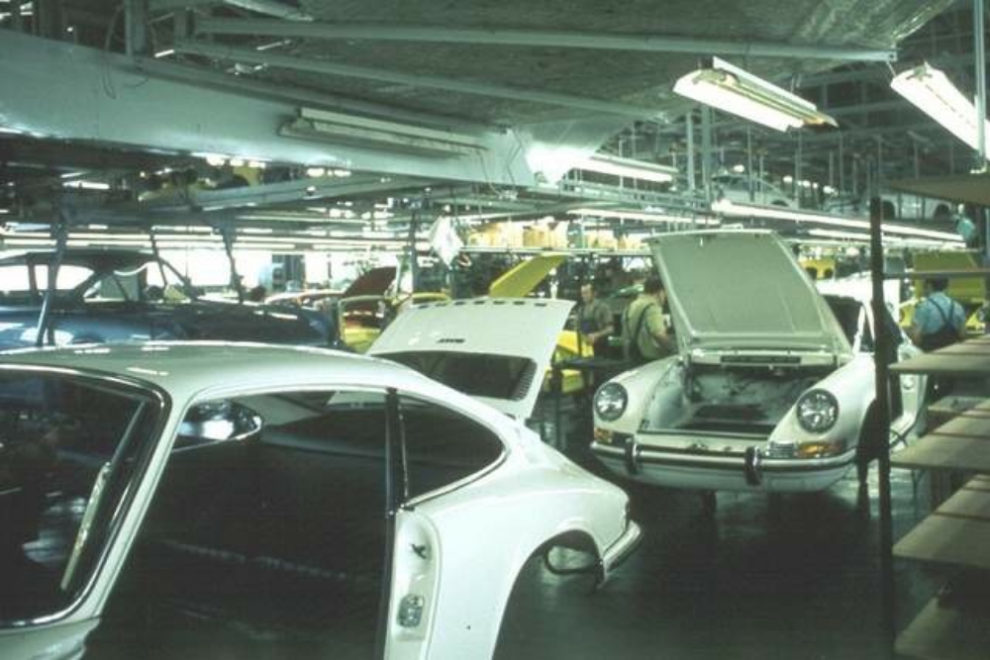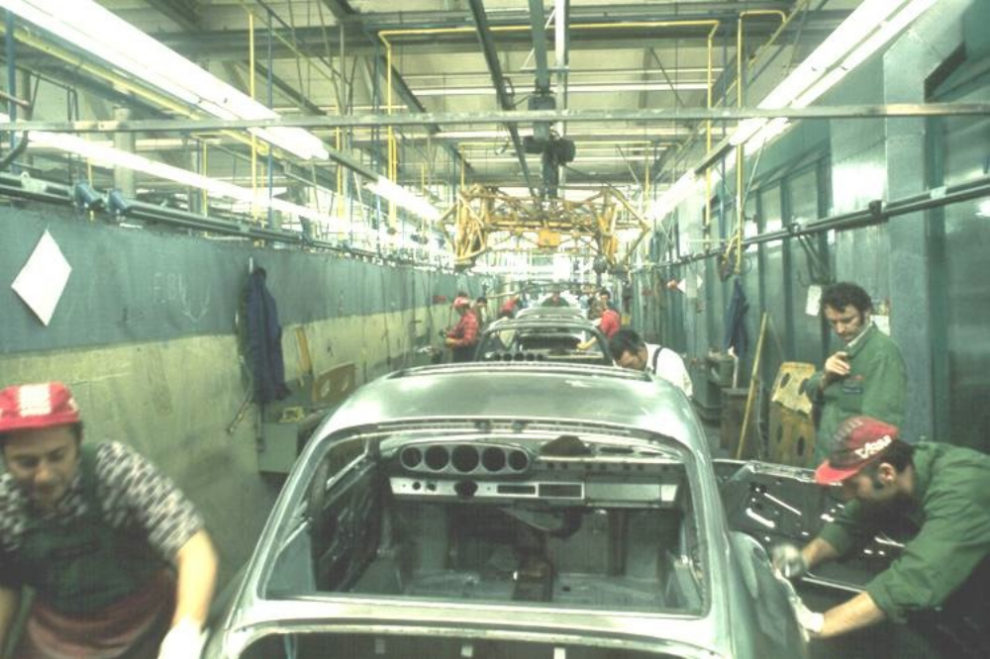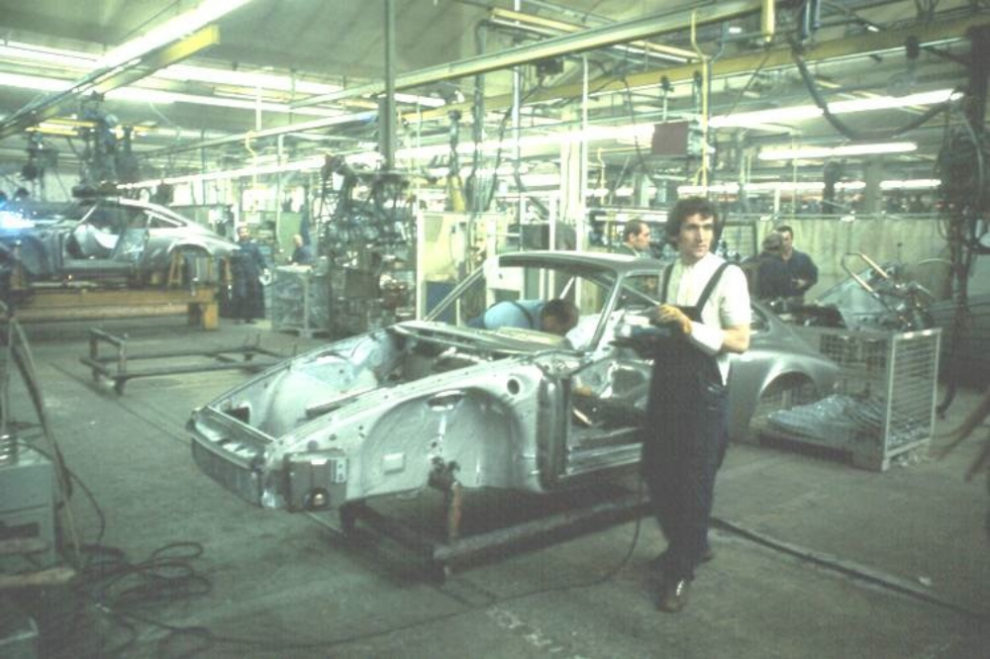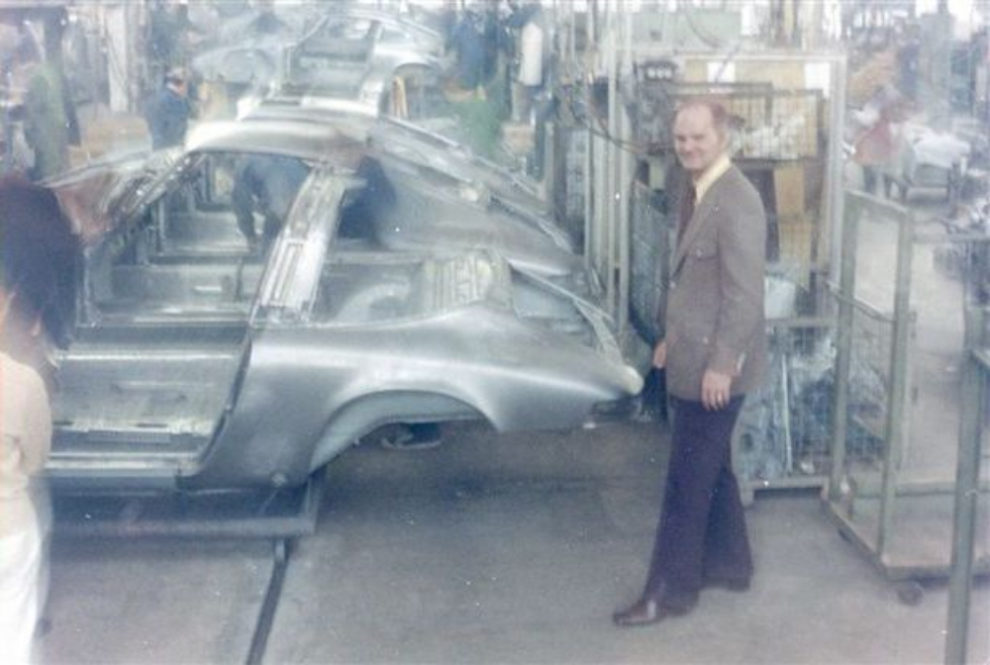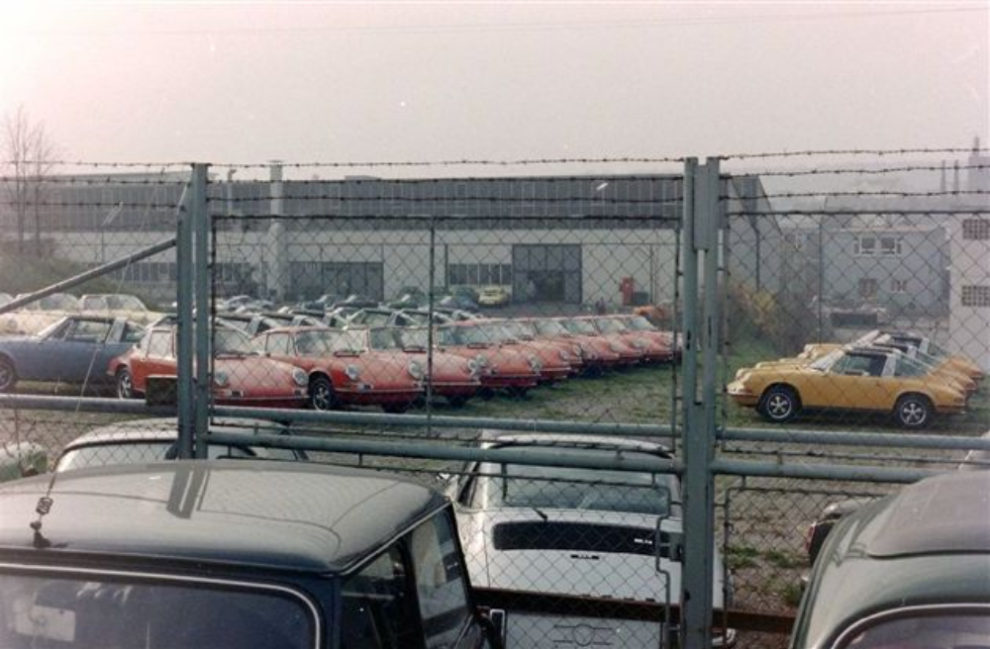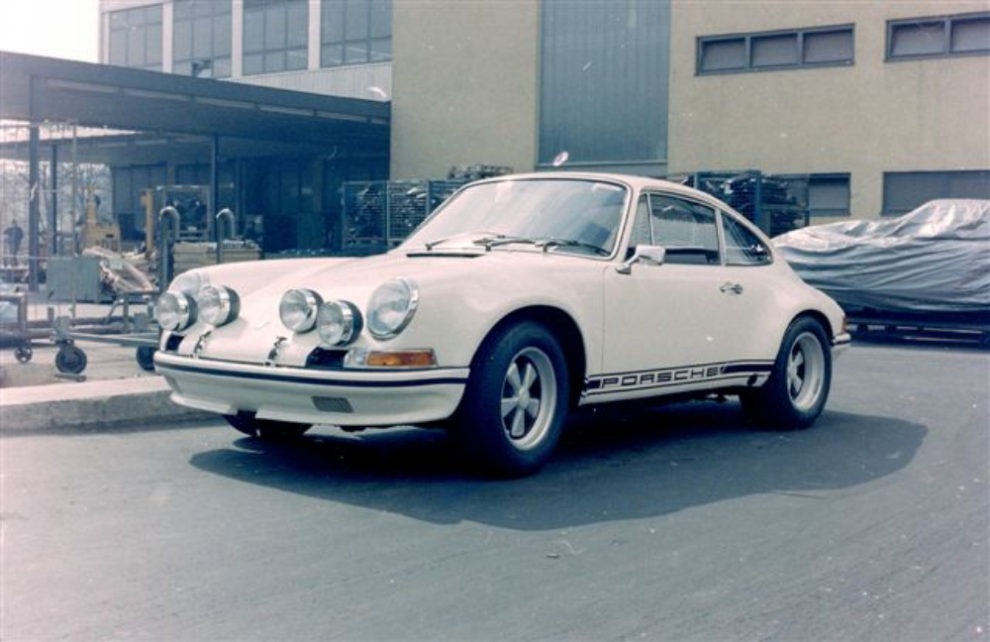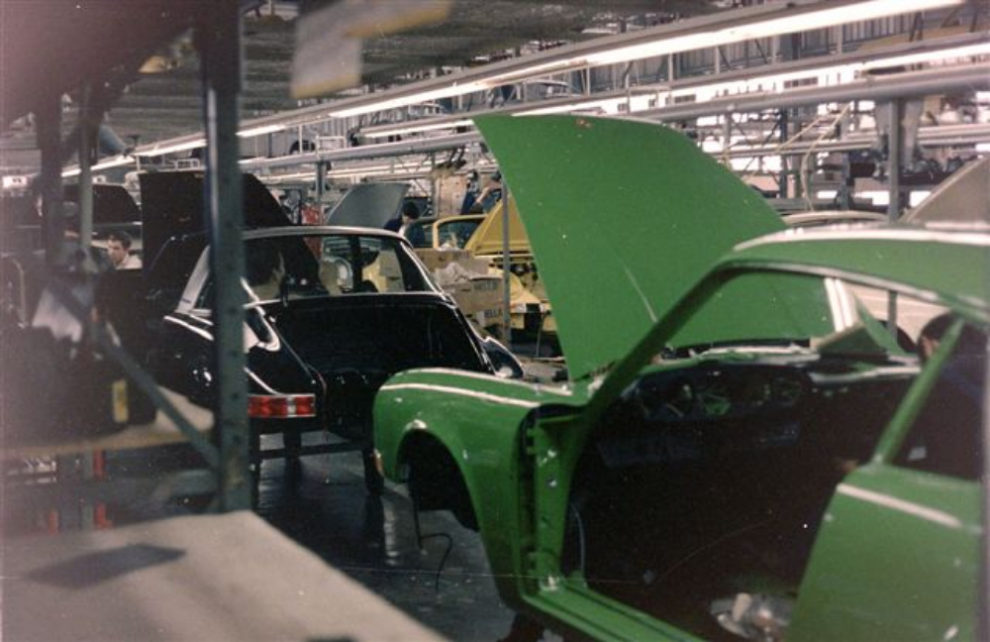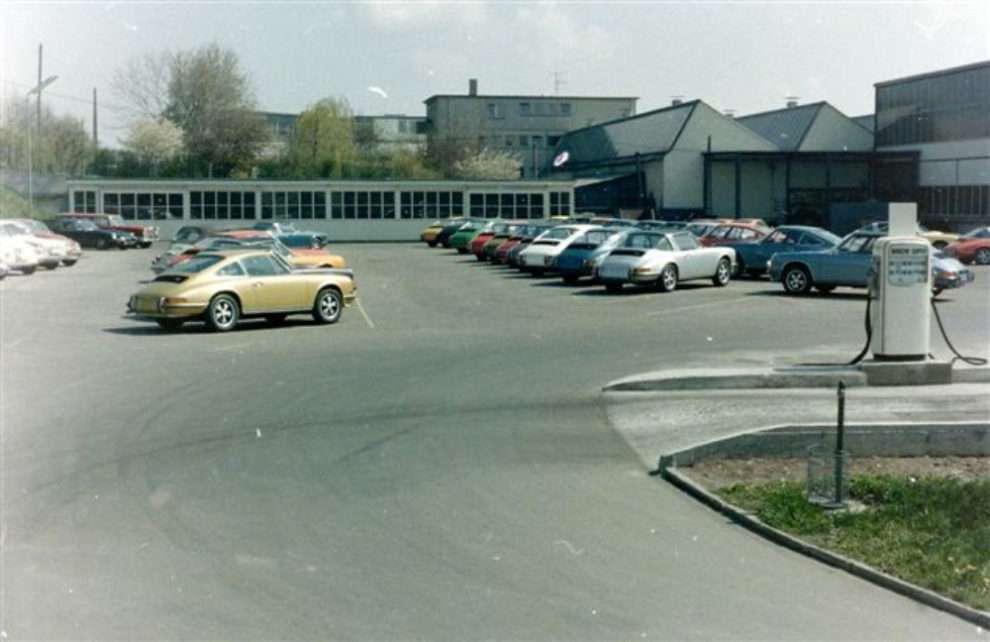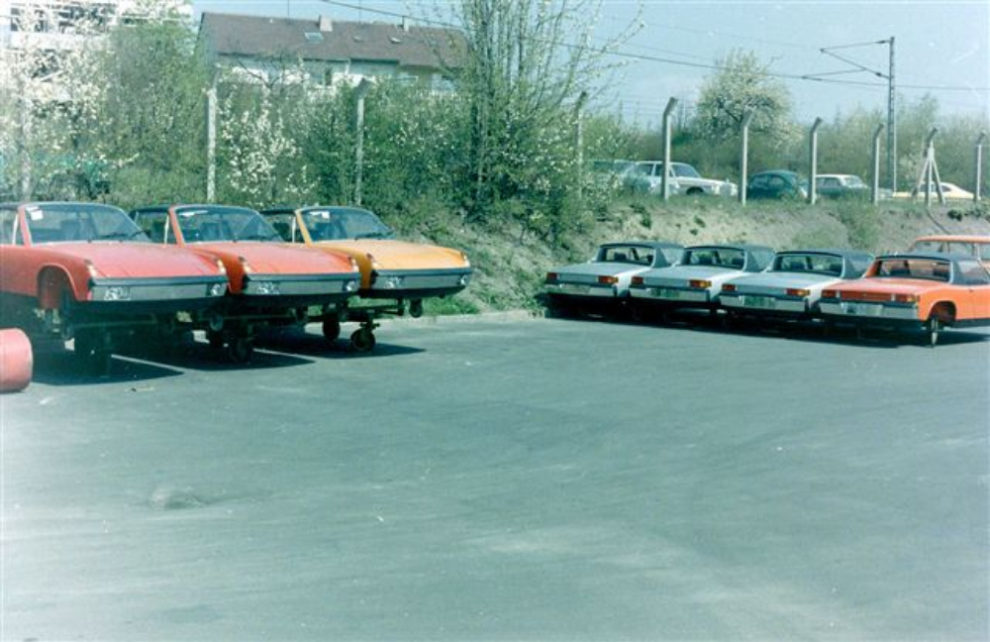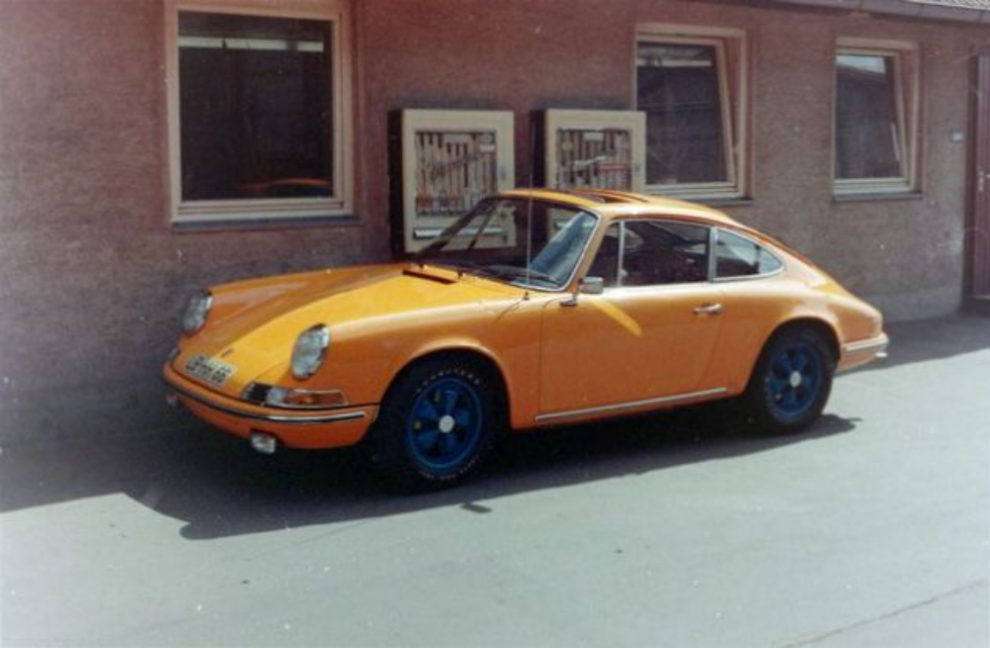Inside a Porsche Factory From the Early 1970s

The body of the Porsche 356 was manually manufactured at the Reutter bodywork. The car body cover itself was attached to the chassis frame welded to several parts. The joints were filled with soft foam (which was a very tedious and time-consuming process) and then sanded. In 1965, the production of the Porsche 356 finished. At the end, they were already making 25 body-pieces a day.
h/t: vintag.es

In 1964, with the introduction of the Porsche 911, Porsche broke up with the production methods of the past. From then on the different structural units are assembled in advance and then they are made by welding or screwing the body.
In 1973, Porsche was the first in automotive industry to weld galvanized sheet metal to the bodywork. This was a milestone for car corrosion protection. In 1979, in the manufacture of the Porsche 928, the second production line was activated.
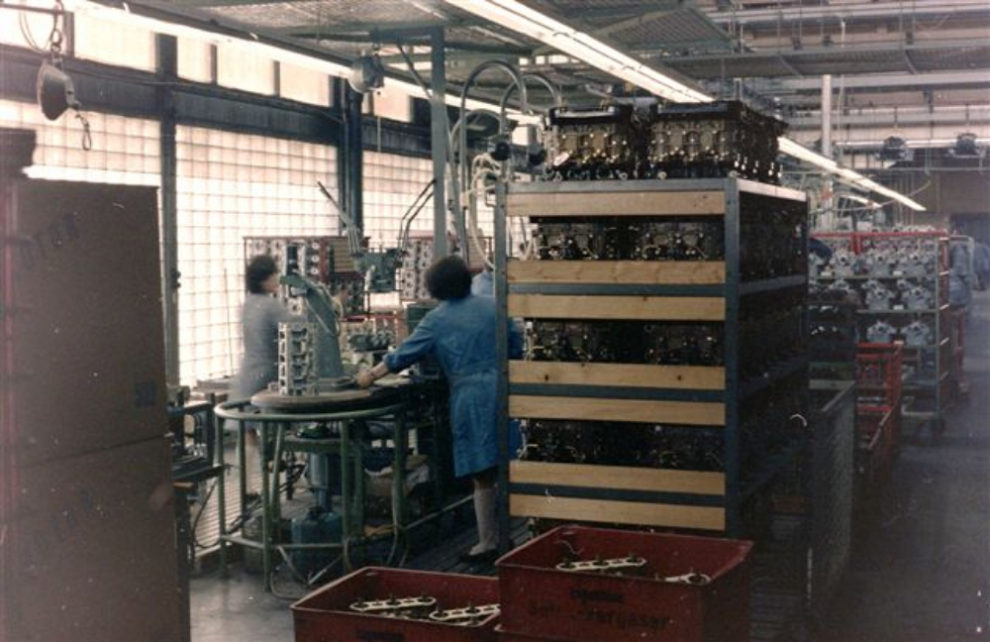
This was the first time that a suspension system was used to mount the chassis, which was then briefly taken over when the Porsche 911 was assembled. At the beginning of the 1980s, Porsche moved to the use of roller pallet stacker on the second floor. The assembly was carried out on a stationary car, but at the end of each cycle, the cars moved automatically within the same production operation. At the same time, Porsche has continued to develop manufacturing technology. Accordingly, the Boxster and 911 models are now assembled together on a continuously moving assembly line in a model mix system.
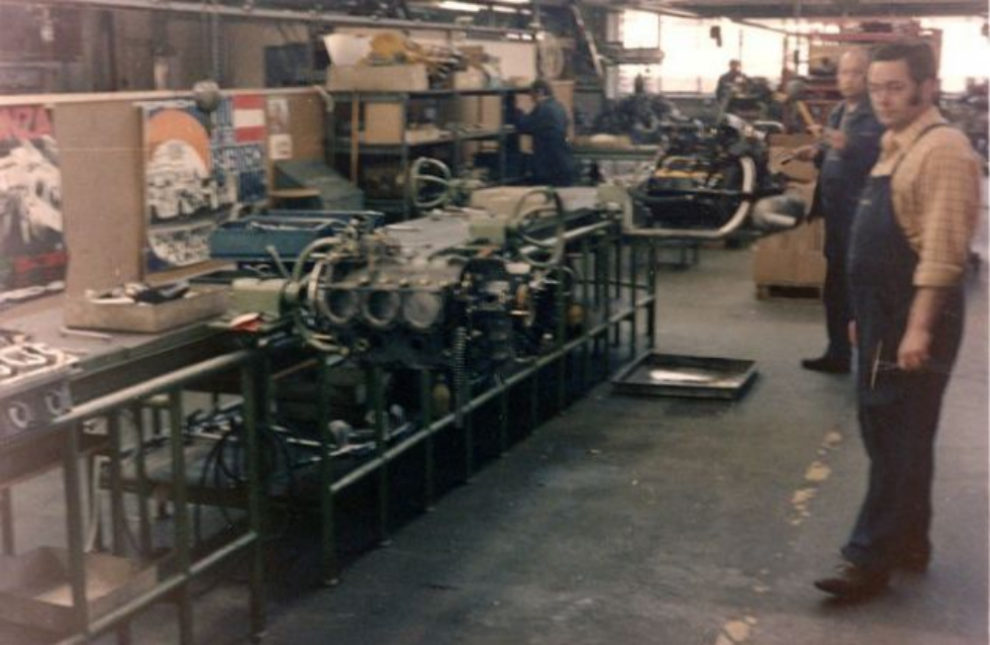
Since 1987, the previously wrapped car bodies have been transferred from a newly constructed bodywork to a polishing workshop and then to the assembly hall.
